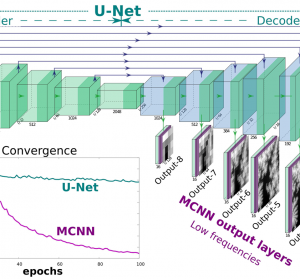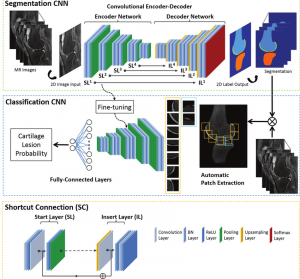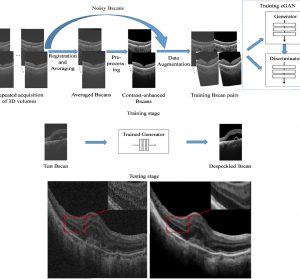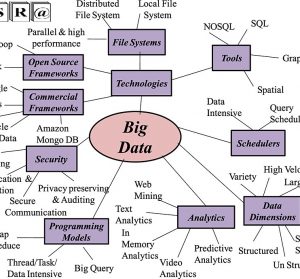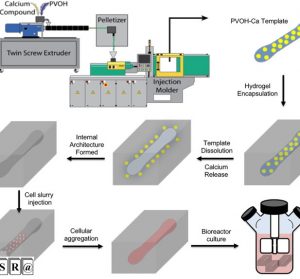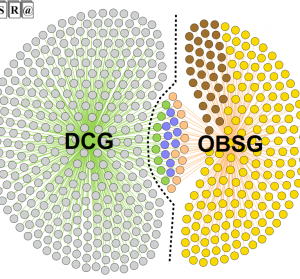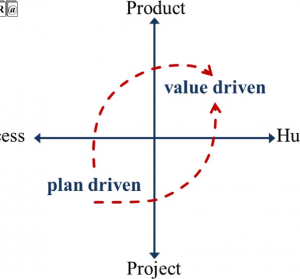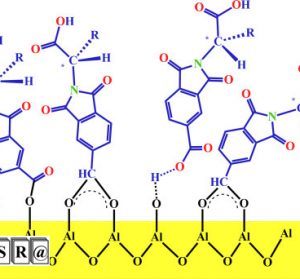A Flexible Deep CNN Framework for Image Restoration
Abstract Image restoration is a long-standing problem in image processing and low-level computer vision. Recently, discriminative convolutional neural network (CNN)-based approaches have attracted considerable attention due to their superior performance. […]
A Flexible Deep CNN Framework for Image Restoration Read More »
